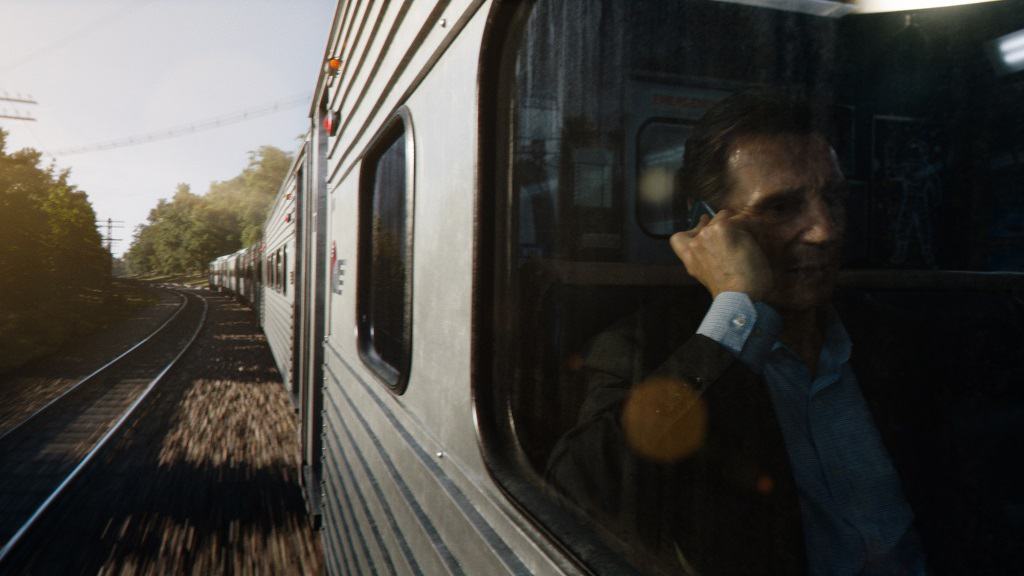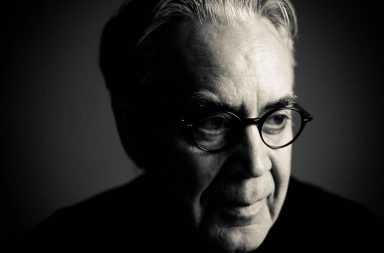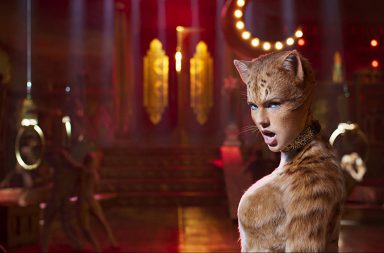Over the pas few years, the man who trained both Batman and Obi-Wan Kenobi has become a complete and successful action hero in his own rights. However, Liam Neeson’s encounter with Spanish director Jaume Collet-Serra led him to undertake several roles in action films which surprisingly turned out to be way more interesting than what he did in the Taken trilogy. The Neeson/Collet-Serra collaboration cleverly capitalizes on the actor’s physical skills and imposing silhouette and makes the most of his age – Neeson was almost sixty when he did Unknown, their first film together. This year, Liam Neeson is The Commuter, a former NYPD cop, now a 60-year-old insurance salesman who has been taking the same train to New York City and back every day for the past ten years. One day on the train, he meets a woman who asks him to uncover the identity of a hidden passenger before the last stop, but he quickly gets caught up in a murder conspiracy.
The Commuter marks the first collaboration between Jaume Collet-Serra and composer Roque Baños. The Spanish composer, who has scored more than seventy films over the past two decades, has an impressive career which includes a long-time partnership with the master of Spanish black comedy Alex De La Iglesia and some remarkable appearances on American films, such as Fede Alvarez’s Evil Dead and Don’t Breathe, Spike Lee’s Old Boy and Ron Howard’s In the Heart of the Sea. Today, Baños tells Score It Magazine about scoring The Commuter, for which he mixed an orchestra with electronic instruments and used the train from the film as a musical motif.
Beautifully shot, Collet-Serra’s latest effort also strongly relies on its main character, an ageing former policeman who is unwittingly recruited to solve some kind of Hitchcockian puzzle, firmly played by Liam Neeson. The film also offers small but noticeable roles to a great cast, including Patrick Wilson, Vera Farmiga, Jonathan Banks, Elizabeth McGovern and Sam Neill. The Commuter soundtrack album was released by Varèse Sarabande in both digital and CD versions.
I’ve read that you began your career as a live saxophone player. How did you begin to compose music for films?
I was in Berklee College of Music in Boston from 1995 to 1997 when I did my first scores and studied composition, and then I came back to Spain, sent producers my compositions and, you know, waited until someone eventually called me.
How did you get involved in composing music for The Commuter?
Jaume [Collet-Serra] called me. We met first, he told me he would like to work with me on his next picture, so he talked about it, we shared some thoughts about what the musical approach to the film would be. Months later, when he had his first cut, we started to work.
Did you get any directions from director Jaume Collet-Serra? How close were you whilst working with him?
We worked very close but he was really open. He’s a wonderful director and a great team worker. He works a lot with his crew members but he trusts them a lot, and gives them so much freedom so they really can express their talent.
Composing music for a Liam Neeson action/thriller film is much more mainstream of a project than what you usually do. What are the challenges of such a project?
To me, it was a movie that needed its appropriate music. So it was not much of a challenge, it does not matter to me if it’s mainstream; I saw this as a new movie for which I had to compose music. What I try to do each and every time is trying to give what the movie really needs.
While most of today’s action thriller scores are largely handled by electronic compositions, yours is played by an orchestra. How did you choose the instruments you were going to use?
There are always many factors that make me think of the instrumentation I am going to use. In this particular case, I chose the orchestra but I also tried to bring on some new sounds that I could grab from the movie itself. The train was practically one of the characters of the film, so I thought it would be interesting to have it as one of the instruments, sort of. Sometimes, you can hear the scratching sound of the brakes, the train horn or even the sound made by the train when it’s rolling. All of that was very much considered as part of the score. But acoustic instruments are also very important, you know, the piano, the strings… Combined together, they all translate this expression of movement.
How did you decide how you would use the piano? Its use is very interesting because it is heavily matching the train rolling and it is also very sensitive, which is unusual in such a genre. I noticed an emotional use of the solo piano, whatever the genre may be, with Spanish composers, whether it be Fernando Velazquez, Alejandro Amenabar, Alberto Iglesias.
No, I don’t think so… I think it has more to do with the modern taste.
The score is indeed quite substantial but it is because it is also very textural.
(Laughs) I don’t know! I think you can do textural music with anything, with any instrument. And that’s wonderful, creating textures with real instruments. A few years ago, I made a score for a horror film called Don’t Breathe for which I, in a way, haven’t used real instruments. The score is made of sounds, but those sounds create textures, and they were not electronic! I think it is more interesting to create textural music with orchestral sounds but on the other hand, electronic music has the ability to create sounds that the orchestra can’t offer. The ideal to me is to have a good mix of both.
Your score reminded me of these mid-90s action thriller films like Copycat, the scores of John Powell and Christopher Young… Did you take any inspirations from these film scores?
I started everything from scratch, actually. I’ve never really looked up at any inspirations, you know. I just take a movie, see where it goes and try to come up with themes. It is something I kind of do “on the road.”
What is interesting in your career as a film composer is that even when you began composing music for American films, you teamed up most of the time with Spanish directors, or directors from Spanish-speaking countries. Do you have more affinities with them or is it something that has to do with the way people work on a Spanish film compared to an international film?
I actually don’t see any difference… I’ve worked with American directors, and they react the same way as Spanish directors I’ve worked with. I don’t know if it is the case with everybody, but I don’t know why it would be different to a composer: you have a movie, you have to compose music for it, regardless of who is directing it. The only thing that changes, though, is the way they work, and there’s as many different ways to work for a director in Spain as there are for directors in America. When I get a call from a director or a producer who wants me do to his next movie, I just ask: “What kind of movie is it?” so I can feel whether I can do a good job or not.
Can you tell me a bit about your upcoming projects? I think Terry Gilliam’s Don Quixote is expected in May in France.
We just finished! I saw the completed movie last week, actually. It looks wonderful, and I’m very excited that you will be able to see the work that we have done. Terry and I had a tremendous time together and I’m very much looking forward to Don Quixote coming to life… again… at last! Terry’s movie is the next project on which I’ve worked that is going to be released, and then I have two more films coming soon in Spain.
Nothing with Alex De La Iglesia?
Not in sight… Not from my sight, anyway. I don’t know if he wants it to happen again, but… That’s not under my control, you know.
Interview prepared, conducted and transcribed by Valentin Maniglia
Edited by Marine Wong Kwok Chuen



